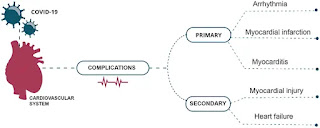Stage-Wise Symptoms Of Parkinson’s Disease
Stage-Wise Symptoms Of Parkinson’s Disease
Parkinson’s disease has been classified into five stages by Hoehn and Yahr. Their classification is based on the severity of symptoms and the degree of disability the patient experiences.
When prescribing treatment, the neurologist will take into account the stage at which the patient is perceived to be, among other things.
Stage 1 is called unilateral disease. The term means that only one side of the body shows symptoms of Parkinson’s disease.
This is considered an early stage of the illness and may last for several years. Neuroprotective treatment is common at this stage. This treatment aims to prevent further damage to the nervous system.
Vitamin E was used at this stage, but many researchers are of the opinion that this is not very effective. A selective MAO-B inhibitor called Rasigiline has shown promise.
Stage 2 of Parkinson’s disease is labeled bilateral disease. Meaning, symptoms of Parkinson’s now show up on both sides of the body. The illness is considered to be at Stage 2 even if there is an insignificant symptom (an occasional tremor, for example) on the side of the body that was symptom-free earlier.




Comments
Post a Comment